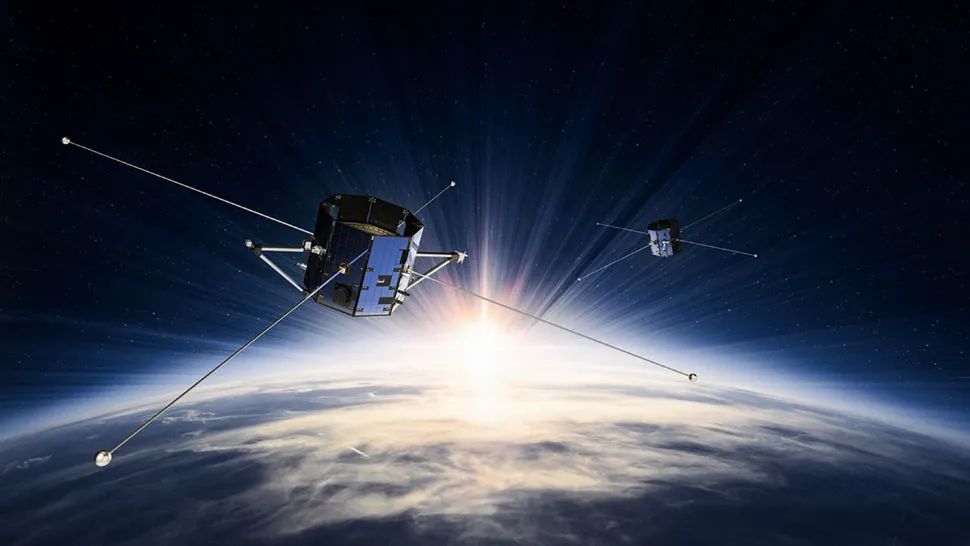BRENDA BROWN: Moonshine
Published 10:49 am Tuesday, July 29, 2025
One must be of a certain age to remember “white lightning” as it was known years ago back home in southwest Georgia, or what we now know as hooch or moonshine whiskey. In some places, the brew was formerly known in some circles as Mountain Dew, but it is not in any way like the soft drink you can purchase in convenience stores.
During the alcohol prohibition in the United States, from 1920 to 1933, moonshine was nicknamed Mountain Dew, but in 1932, a lemon-lime flavored soda named Mountain Dew was invented in Knoxville, Tennessee. According to historians, it is remembered that the soda was originally intended to be used as a chaser for whiskey.
Yes, I have seen an actual working moonshine still and I have also seen other examples that were designed as displays for people who have little or no knowledge of such a contraption. One reason I know about moonshining is because our family business, Stewart-Webster Gas Company, was located in my hometown of Richland.
Trending
Our company not only delivered propane gas to homes and businesses, but also for years, we refilled small propane bottles for customers at our onsite bulk plant. For countless years, our company logo, which was painted prominently on all the company delivery trucks, read: “Butane, Propane and Bottled Gas.”
Many of those smaller cylinders we filled frequently were used as fuel to cook the mash by moonshiners. As a child, I distinctly remember men driving into the filling area with a pick-up truck load of empty propane bottles. It was dangerous but apparently not punishable by law to transport so many cylinders. They always paid cash for the fuel, and Daddy referred to the men as “shiners.”
The traditional ingredients for moonshine are corn and sugar. During the fermentation process, sugar is converted into ethanol, which becomes hooch or moonshine. During distillation, which requires heat, alcohol separates from the mash; actually, moonshine can be made from assorted items such as fruit and vegetables, as long as it ferments, it can be used. The taste of the brew is not important; it is made for the alcohol value.
Locals turned to moonshining to make a living during Prohibition because the sale or use of alcohol was unlawful. After the brew was made, it had to be transported, and drivers were hired to haul the bootlegged product to distribution centers.
Whiskey Trippers, drivers hauling moonshine, became experts at night driving to avoid law enforcement and the revenuers and soon they began to race their exceptionally fast vehicles for recreational reasons. Here is an interesting fact: Eventually, the pastime of hauling became competitive racing, which gave birth to what we know as NASCAR, the National Association of Stock Car Racing.
The founder of NASCAR, Raymond Parks, known as the greatest pioneer of stock car racing, received start-up money for racing from the sale of moonshine. The name moonshine came from the fact that the brew was cooked at night in order to keep it a secret from the authorities.







